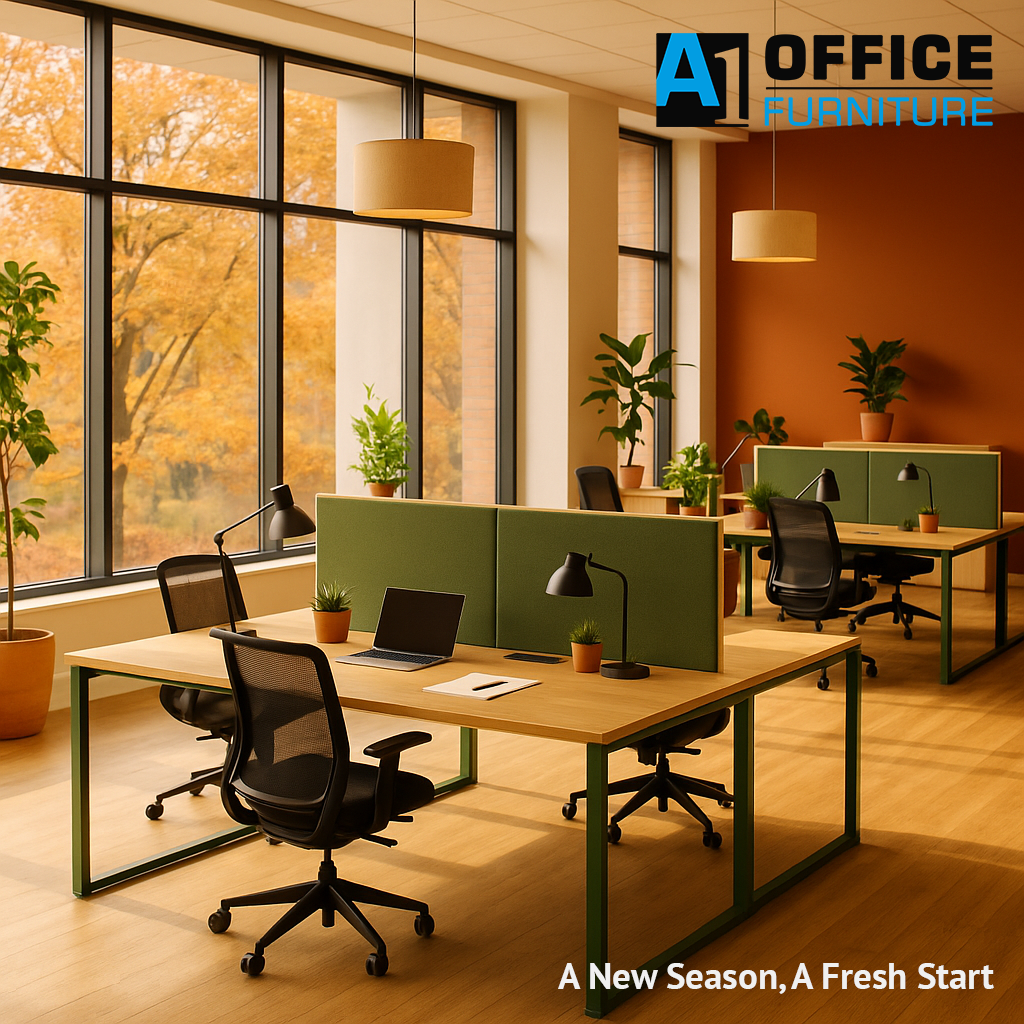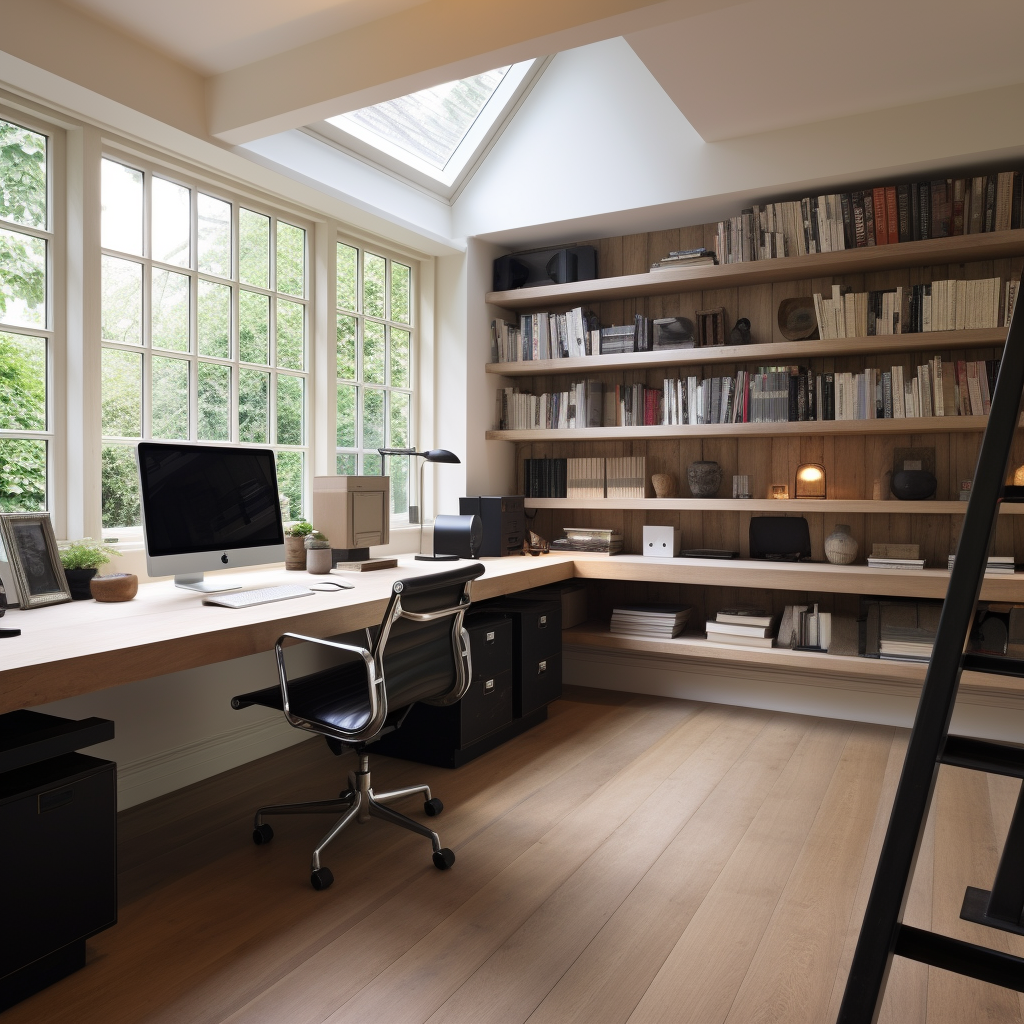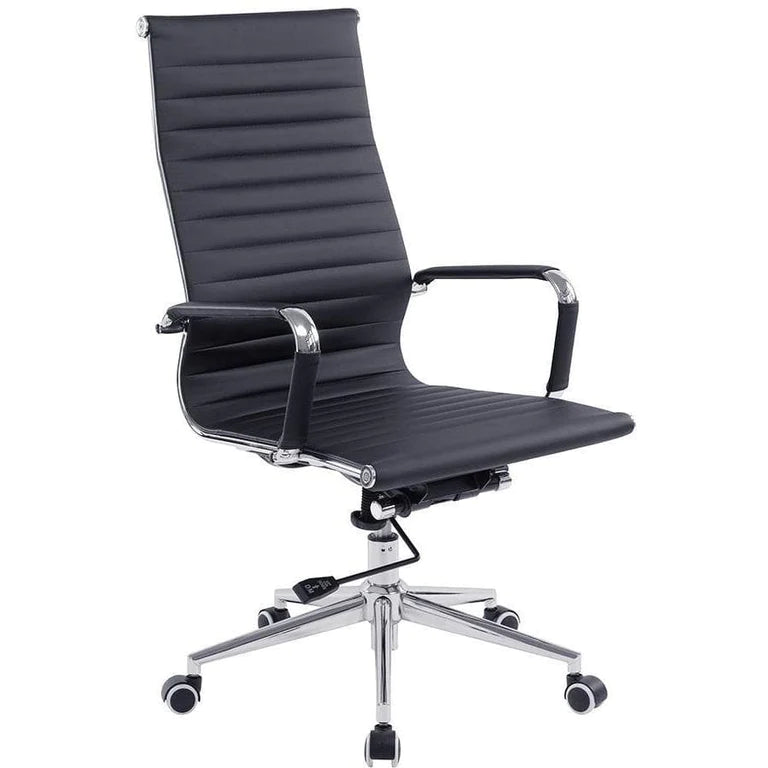
Investing in Employee Wellness: The Case for Sit-Stand Desks

Employee wellness is an essential factor that significantly impacts an organization's productivity and success. Over the past decade, businesses have increasingly realized that investing in employee wellness is not just a responsible practice but also a strategic decision that yields substantial returns. One such investment that is gaining popularity is the stand-up desk. This article will explore the benefits of sit-stand desks and why they are a worthy addition to your office furniture.

What Are Sit-Stand Desks?
Sit-Stand desks, also known as standing desks or height-adjustable desks, are desks that allow you to work while standing up comfortably. Some models are adjustable, enabling users to alter the desk's height according to their preference, transitioning between sitting and standing throughout the day. Learn more about Sit-stand desks and other types of furniture from our comprehensive guide to office furniture.
The Health Benefits of Sit-Stand Desks
Reduced Risk of Weight Gain and Obesity
While exercise is the most effective way to burn calories, choosing to stand instead of sitting can also be beneficial. Research has shown that compared to an afternoon of sedentary work, an equal amount of time spent standing can burn over 170 additional calories. That's almost 1000 extra calories burned each week from simply standing at your desk each afternoon.
Lower Blood Sugar Levels
Generally, the more your blood sugar levels increase after meals, the worse it is for your health. Studies show that standing for three hours after lunch reduces the blood sugar spike by 43% compared to sitting for the same amount of time.
Reduced Risk of Heart Disease
The idea that standing is better for heart health was first proposed in 1953. A study found that bus conductors who stood all day had half the risk of heart disease-related deaths as their colleagues in the driver's seats. Since then, it has been well established that prolonged sedentary time increases the risk of heart disease.
Reduced Back Pain
Back pain is one of the most common complaints of office workers who sit all day. To determine if standing desks could improve this, several studies have been done. Participants have reported up to a 32% improvement in lower back pain after several weeks of using standing desks. Another study published by the CDC confirmed that use of a sit-stand desk reduced upper back and neck pain by 54% after just four weeks.

Productivity and Sit-Stand Desks
You might be wondering if standing desks would hinder tasks that require fine motor skills, like typing. However, a study found that it took participants just two weeks of using standing desks to get back to their original typing speed. On top of the health benefits, standing desks don't impact productivity negatively; in fact, they may even boost it.
It's Not Just Sitting and Standing
Most of sit-stand desks today are actually height adjustable desks. This allows the user to adjust the height of the desktop for most comfortable sitting height. This is completely overlooked by most people. Yet, how can we expect a 5'2 and a 6'3 to use the same desk of 725mm height and be equally comfortable? So there is a massive unnoticed benefit there. Height-adjustable desks allow for full flexibility and should actually be the basis for office ergonomics.
Investing in Sit-Stand Desks – A Move Towards Better Health and Productivity
While the transition to standing desks might take some getting used to, the plethora of benefits they offer makes it worth it. They are a testament to the fact that even a simple piece of office furniture can have a profound impact on employee health and productivity.
Stand-up desks are indeed a worthwhile investment towards building a healthier, more dynamic, and more productive workspace. As the evidence suggests, such a proactive approach to employee wellness can only lead to positive outcomes for both individuals and organizations as a whole. How else can the quality of office workplace be improved? Read our full guide on office ergonomics.









